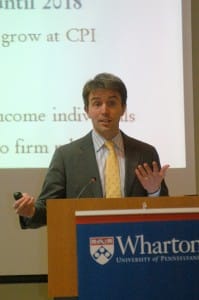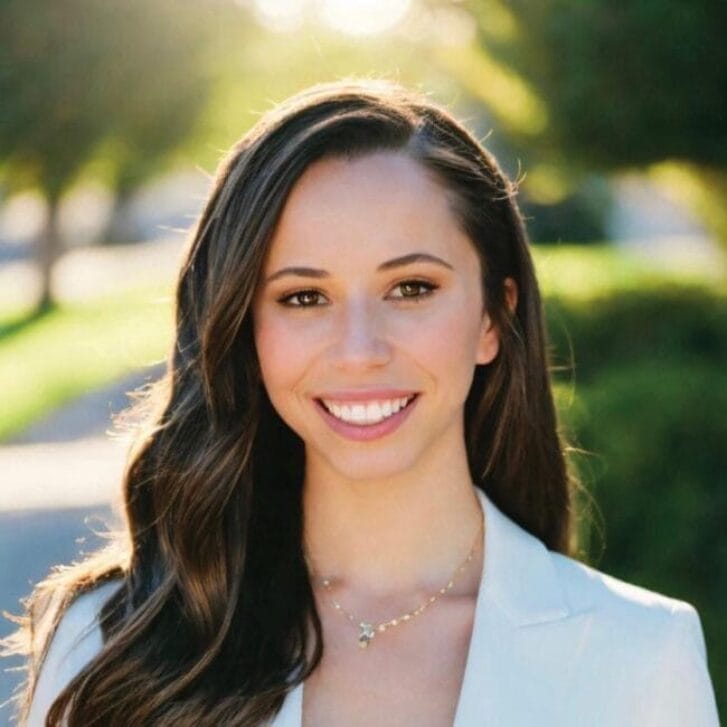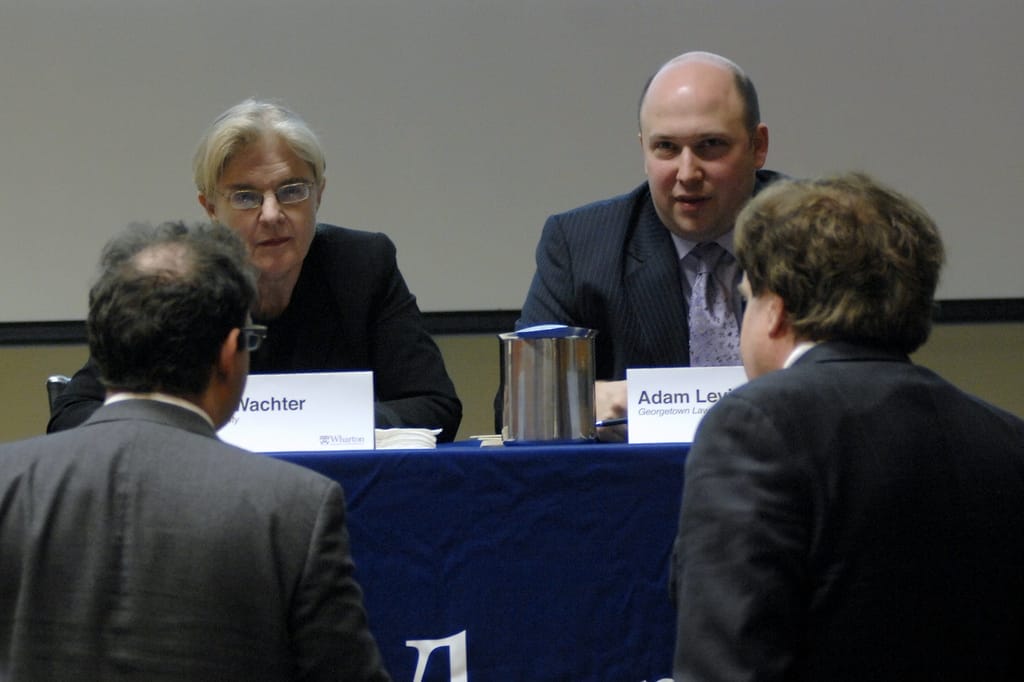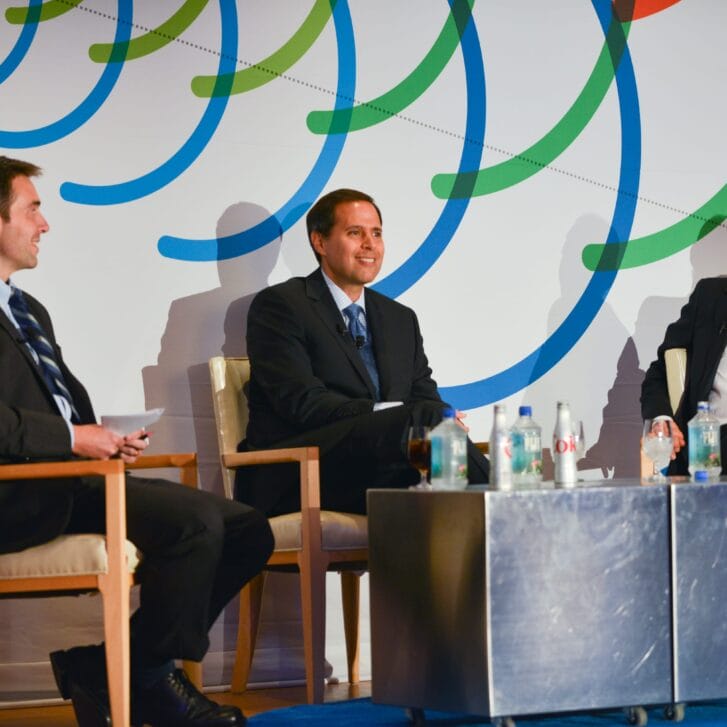The U.S. housing market is changing. Will ownership no longer be the American ideal? According Susan Wachter, Wharton’s Richard B. Worley Professor of Financial Management and professor of real estate and finance, it wouldn’t be the first time in history. Before World War II, she said, two-thirds of Americans rented and one-third owned; afterward, the ratio quickly flip-flopped.
American society could revolve back toward a 50-50 ratio as years and decades pass since the horrific housing bubble of the first years of the 21st century.
“It is not out of the question,” Wachter told an audience of leading business journalists. “The fact that it is a question is astonishing for America.”
Wachter was a guest lecturer at the first-ever Public Policy Program for the Wharton Seminars for Business Journalists, which took place March 6 at the Morgan Lewis offices in Washington, D.C. Wachter was joined by Adam Levitin, professor of law at Georgetown University, to delve into the causes of the recent bubble, its subsequent collapse, the current slow recovery and a look at what the future may bring.
Levitin opined that he does not see “green shoots” in the real estate market. Construction is at one-third its usual level for housing starts, he reported, and the market is still under threat from the “shadow supply” of housing—the 25 percent of residential mortgage holders who owe more than their home is worth and could simply walk away from their properties and leave them for foreclosure.
Wachter was more optimistic. Fundamentals are back in line, she said (for instance, the prices of rent and homes make sense again), and once home prices begin to rise, the shadow supply will recede.

Wharton Professor of Business Economics and Public Policy Mark Duggan.
Seminar attendees were treated to more bad news mixed with good during the second half of Wharton’s program, when Mark Duggan, professor of business and public policy, discussed health care. Duggan had served as a member of the White House team that crafted the Obama administration’s Patient Protection and Affordable Care Act, and shared an insider’s knowledge of its design and progress.
He highlighted the federal reform’s first big success: getting more young adults insured, thanks to the provision that allows children up to age 26 to remain on their parents’ health plans. According to the U.S. Department of Health and Human Services, as many as 2.5 million Americans gained coverage through this provision.
But many challenges remain, Duggan explained. First and foremost will be the Supreme Court’s consideration of the Affordable Care Act in late March. High-risk pool enrollment has been lower than expected. In 2011, the number of uninsured Americans actually grew, as well as the costs of health-care insurance premiums. The state-based insurance exchanges, due to launch in 2014, could be hindered by the difficulty of starting them in certain states or rural locales. It is also daunting to consider that in five years one in four Americans will be on Medicaid.
One other looming issue, of course, is the 2012 presidential election, in which most if not all Republican candidates are running on a platform of repealing health-care reform. That could lead to an even more intriguing discussion for next year’s Public Policy Program.
Editor’s note: View additional images of the 2011 Public Policy Program for the Wharton Seminars for Business Journalists at the Wharton Flickr site.


























